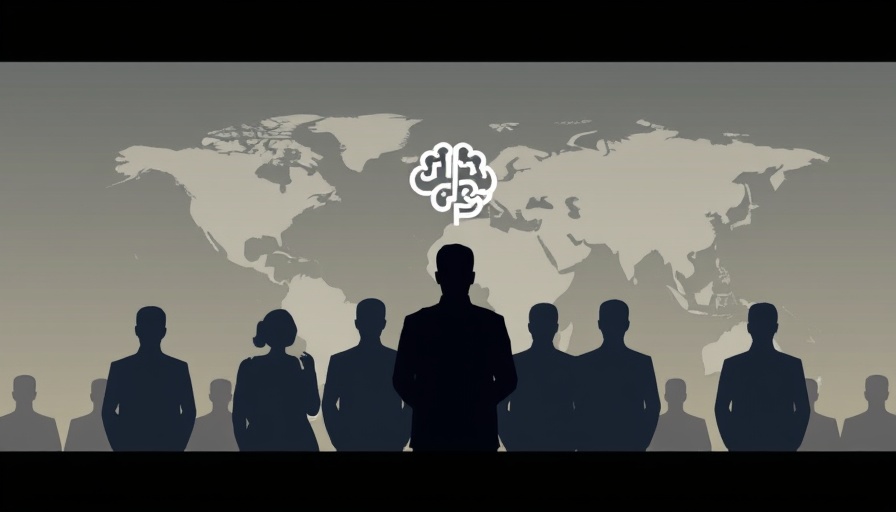
Understanding the AI Revolution in the Workplace
The AI revolution is powering a seismic shift in the landscape of work as we know it. As outlined by AI futurist Zack Kass, companies and individuals that embrace this technology are positioned to succeed in an ever-evolving marketplace. With machines increasingly showcasing human-level intelligence, the urgency to adapt to these advancements is paramount. We're no longer living in a future that 'might' be defined by AI; the future is unmistakably here and progressing rapidly.
Three Phases of AI: Transforming Customer Experience
Kass identified three transformative phases that all businesses should be aware of. These phases underscore the profound impact AI will have on customer experience (CX) and operational efficiency:
- Enhanced Applications: We're already witnessing AI enhancing customer interactions and improving agent efficiency. Systems powered by AI, such as ChatGPT, not only assist customers in troubleshooting but also empower them to solve problems independently, indicating a shift towards a more self-sufficient customer service paradigm.
- Autonomous Agents (Agentic AI): In this phase, AI systems go beyond mere assistance—they actively handle tasks for users. Imagine stating your requirement, like needing to book an appointment, and having AI manage the entire transaction. This evolution represents a revolutionary change for businesses, streamlining customer interactions significantly.
- Natural Language Operating Systems: Future AI interfaces will transcend screens. AI will interact conversationally, anticipating user needs before they are even articulated. For businesses, this could lead to a proactive approach to customer service, allowing issues to be resolved before they escalate.
The Importance of Embracing Change
Companies that resist embracing these AI advancements risk obsolescence. The adaptation to AI-driven processes can lead to a more efficient and fulfilling workplace, which is especially relevant in addressing workplace toxicity and burnout recovery.
Potential Challenges and Concerns
While the potential of AI is exciting, there are challenges that need addressing. Job displacement is a primary concern. As AI takes over tasks previously performed by humans, the workforce must adapt. Upskilling and reskilling will become vital components of career development for employees. Moreover, implementing AI must be approached ethically, especially as it touches sensitive areas such as mental health and employee productivity.
The Future of Work
As we look forward to the future of work, managing work stress becomes increasingly important. With AI handling more administrative tasks, employees may find that they have more time to focus on high-value projects and creativity, potentially enhancing work-life balance.
Conclusion: Preparing for the AI-Driven Future
Adopting AI isn’t merely an operational upgrade; it’s a cultural shift profoundly affecting how businesses interact with customers and their employees. Organizations must prepare their workforce for this evolution through continuous learning. Searching for answers and getting involved in decision-making processes as AI becomes more integrated into daily operations can empower employees and drive innovation.
Engage with AI technologies and prioritize training for your employees to harness the potential of AI applications effectively. By remaining informed and proactive, you can create a more productive work environment and a resilient workforce.
 Add Row
Add Row  Add
Add 




Write A Comment